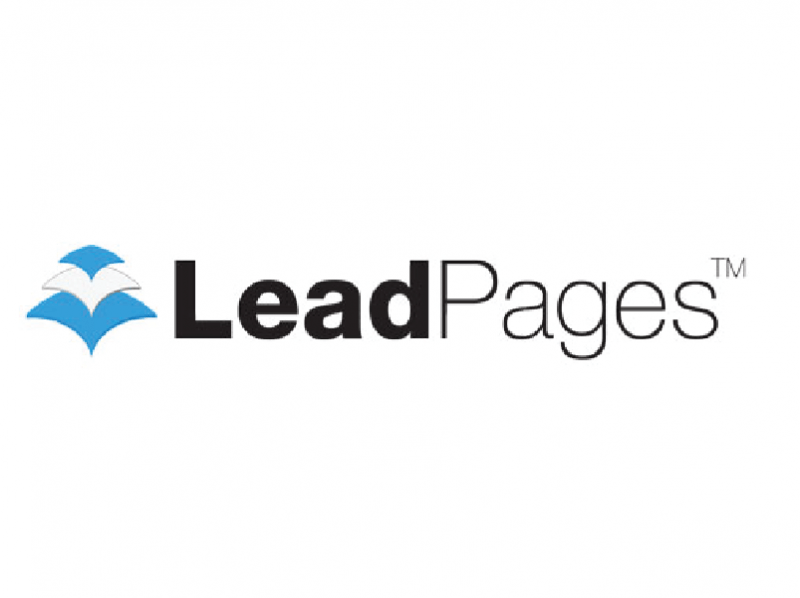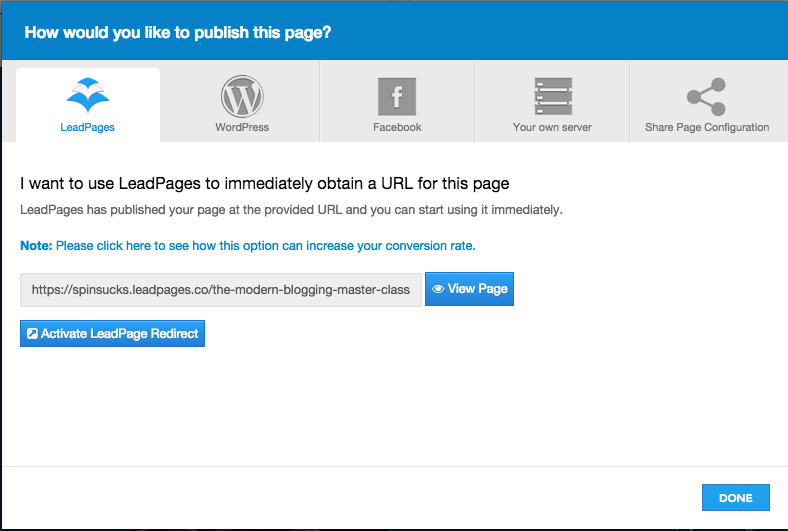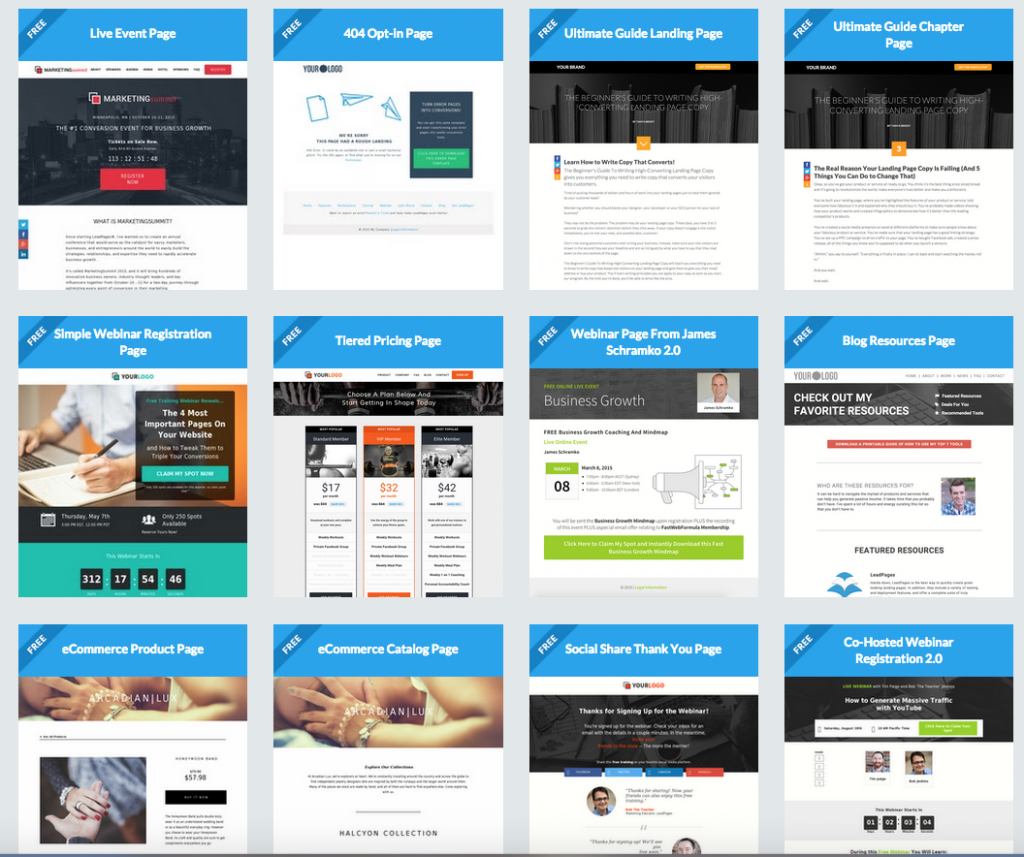The lines between PR, marketing, and advertising continue to blur, which is great for the PR industry because we finally have data to prove we are an investment, not an expense.
But it also means we have to do more than report on media impressions, advertising equivalencies, and increased fans and followers. Which means we have to do more than media relations.
How often do you hear media relations solely equated to PR and get frustrated?
It’s frustrating to me. Media relations is a fraction of what is included in our tactical toolbox, but it’s tangible and executives understand it because they can see and feel it and the PR industry, as a whole, has not done a great job of doing our own PR.
As the lines blur, however, we have a gigantic opportunity to take the lead on improvement in search results and the generation of real, qualified leads to our organizations.
Yes, media relations plays a part in that because we drive people to our websites from those efforts—traditional media relations, blogger and influencer relations, guest blogging, contributed content—but it’s in how we capture those visitors and what we do with them, once they’re on our site, that matters.
What is LeadPages?
Enter LeadPages.
LeadPages provides an opportunity for those professionals who are not web developers to create beautiful landing pages for their websites.
This is how they describe what they do:
Turn your ideas into published landing pages in less than five minutes with LeadPages®. We have engineered the simplest landing page builder in the industry, so you can create, edit and deploy your next high-converting page without touching a single line of code. Our 100% mobile responsive landing pages also work effortlessly on iPhones, iPads, and Android devices, so you can ensure everyone can navigate through your landing pages.
They make it ridiculously easy with simple drag and drop and then a plugin to publish on your WordPress site. Don’t have a WordPress site? Never fear! You still don’t need your IT department to help you.
You can publish to LeadPages, to Facebook, to your server, or to another social network.
How to Set Up Your Landing Pages
Now that you have gorgeous landing pages where you can set up a webinar, a course, a book sales page, an opt-in page, a content download, or any other call-to-action, you can gather email addresses.
Those email addresses go into your organization’s customer relationship management (CRM) software and sales can be tracked against PR efforts.
Let’s use a webinar as an example.
First, go into your LeadPages account and choose the webinar template you like best.
Fill in all of the pertinent information, such as presentation topic, host’s name, title, and bio, the date and time, and registration link.
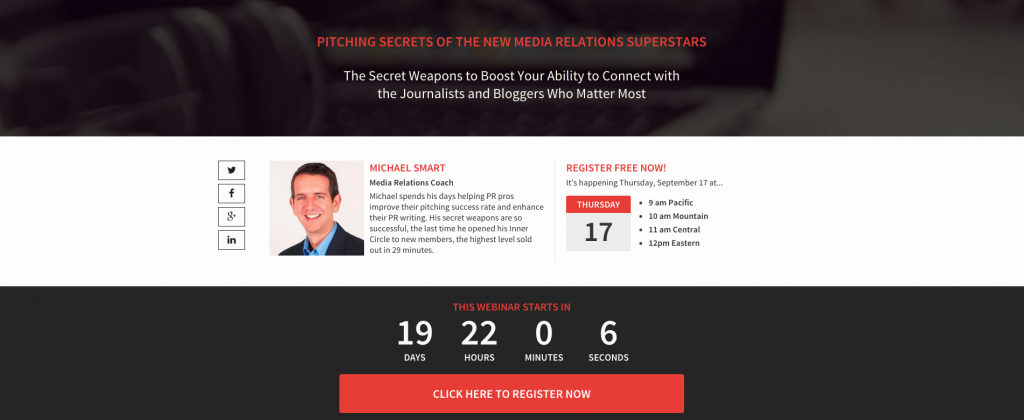
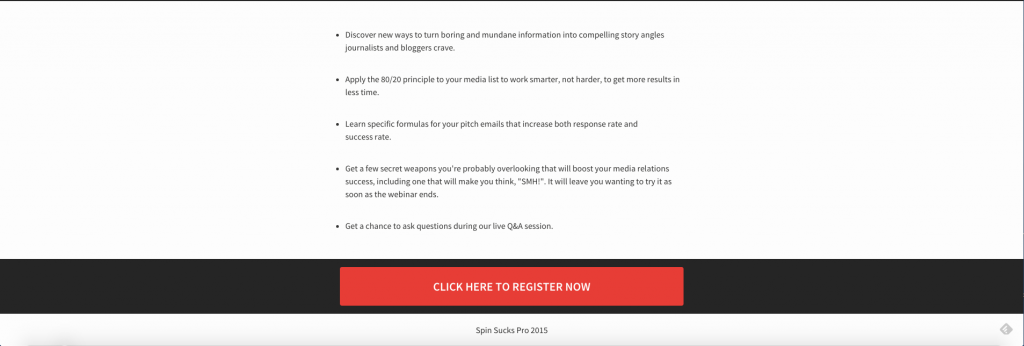 You can make it as simple or as fancy as you like.
You can make it as simple or as fancy as you like.
The “click here to register now” buttons take the visitor to a page where you collect their name and email address, in exchange for free access to your webinar.
Now that you have your landing page set up, it’s time to do the PR work behind promoting your webinar and bringing in qualified leads.
Webinar Execution with a Landing Page
In the book, Spin Sucks, I took a careful look at how to do exactly that. There is a 13-step process, but you’ve already accomplished one of the steps so the following list has only 12 steps.
- Choose a topic and a headline that has great search potential. For instance, a webinar about Google analytics could be called “Advanced Analytics,” or you could call it, “The Lies and Truths of Google Analytics.” The difference is the second one is much more compelling to someone who might land on your page from a Google search.
- Set up the webinar with your provider (brightTALK, GoToWebinar, Adobe Connect, and WebEx are some favorites) and grab the registration link they provide. Include that in the confirmation email registered users receive.
- Create a list of tactics to use to distribute information about the webinar: News release, social networks, email, blog, Facebook ad, Google ad, and postcard.
- Using the URL of the landing page (not the URL of the webinar software registration), create a different link for each of the tactics using the Google URL Builder. What this does is create a campaign in your analytics under traffic sources > sources > campaigns. When you open that tab, it’ll list the visitors per tactic. It will list in there, “September 17 Webinar from Newsletter,” “September 17 Webinar from Social Media,” “September 17 Webinar from News Release,” etc. This gives you data to use so you know which tactics work best for your audience.
- Shoot a one minute video to describe what people will learn in the webinar. You can house this on your website and/or blog, distribute it through the social networks, and use it in email marketing. Human beings are visual creatures. You’ll be amazed at how well this one thing works.
- One month before the webinar, distribute a news release (using the media relations URL you created with the Google URL builder in the body of the release) on the wire (PR Newswire, PRWeb, PR.com, BusinessWire, MarketWired, or Pitch Engine, depending on your budget). Also upload the release to the newsroom on your website.
- If you have a newsletter, include the webinar in the email one month prior to its date.
- Now you want to think about email marketing, separate from the newsletter. If you have a newsletter, you’ll have three other emails. If you don’t, you’ll do four emails. Do one a month before, one three weeks before, one a week before, and one the day before. It will seem like a lot of emails to you, but most people get the information and sit on it and then register the day before the event. The URL you use in the emails will be different than what you use in the newsletter so you can track the effectiveness of each.
- Using the social media URL you created, begin to post the webinar on your social networks. Ask your team to do the same. If you have a guest speaker for the webinar, have them share it. If you have a LinkedIn company page, share it there and ask people for recommendations so it rises in search results inside the social network. Fair warning: Most registrations do not come from the social networks so use this tactic with that expectation.
- If you have a blog, write a blog post about what people can expect to learn if they attend. This is not a sales pitch. It’s valuable and educational content that motivates people to register.
- If you want to test Facebook, Twitter, or LinkedIn ads, they’re inexpensive ways to see if you can attract new visitors who don’t already know about you and your business. Do this two weeks out.
- You can also go really old school and send a postcard to your database. Because that’s rarely done anymore, it can be pretty effective. Do this a month out and make sure your URL is specific to direct mail so you can track whether or not it works.
Now you’re ready to host your webinar and wow all of the people you’ve attracted through your gorgeous landing pages.
LeadPages Helps You Prove Investment
The last step, of course, is to make certain your webinar gets the credit for the qualified leads that come in to the organization.
In your CRM, tag the names and email addresses of the people who registered for your webinar as such. You can use the same naming convention as you do when you create your unique URLs: September 17, 2015 webinar.
When those people go through the sales process, no matter who touches them—the executive team, a sales person, customer service—your webinar is credited for generating the lead.
You now have data that shows how many qualified leads you generated (people who registered for the webinar), how many went through the sales process, and how many converted to new customers. And, with the new customer percentage, you also have a dollar amount.
At the end of each quarter, you can report those numbers to the executive team or client and show how much money you’ve made the organization. Take it a step further and compare it to how much you spent on the webinar—or other tactic—and now you have a return-on-investment percentage.
You can do this with any communications tactic and beautifully created landing pages in LeadPages.
Editor’s Note: This was written as a contribution to #PRStack, a crowdsourced book that details tools for PR pros. It has everything to help you with workflow, planning, content, engagement, and monitoring and measurement.
You can download a free eBook or buy a hard copy, if you’re one who still likes the feel of a real book.
